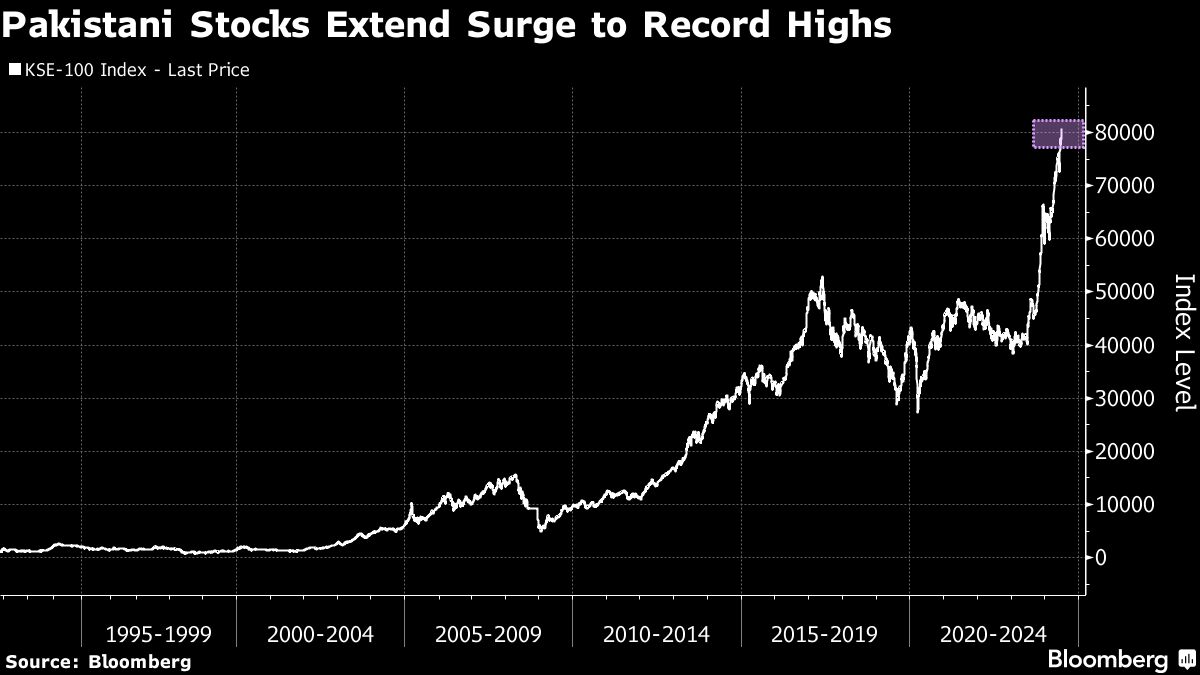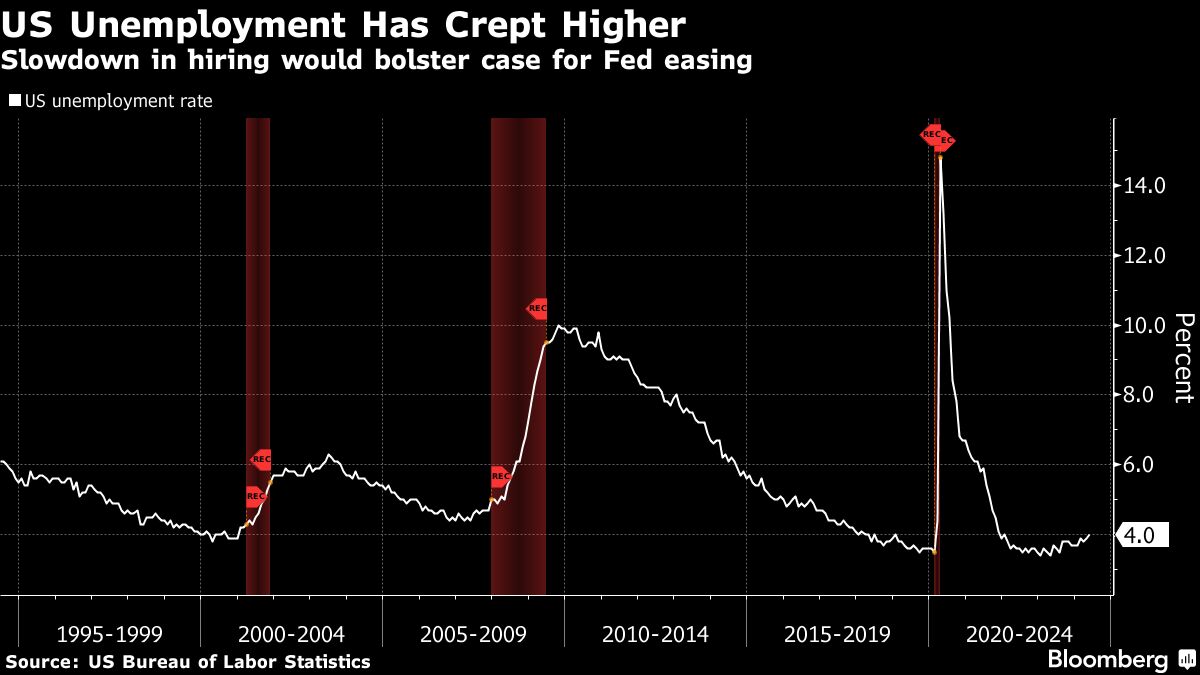
WHAT IS THE S&P 500?
Vault’s Viewpoint on the S&P 500
- The S&P 500 lets you match market returns with very little effort.
- The index offers exposure to the Top 500 profitable publicly traded corporations by market cap
- The S&P 500 replaces underperforming stocks with up-and-coming companies each year
What Is the S&P 500?
The S&P 500, short for the Standard and Poor’s 500 Index, is an index that prioritizes companies based on their market caps. For instance, Microsoft is the largest position in this cap-weighted index since it has the highest market cap among publicly traded corporations.
Companies with higher market caps have an outsized influence on the S&P 500’s performance. But corporations must fulfill several standards to be added to the index.
As of March 28, 2024, a company must have a $15.78 billion market cap or higher to get added to the index. A corporation must also have been profitable in the most recent year or quarter. That means companies with high market caps that regularly burn through cash won’t make it on the S&P 500. A firm must also generate at least 50% of its revenue in the United States to make it on the index.
Top 10 Stocks in the S&P 500
Pros and Cons of Investing in the S&P 500
Pros
- Achieve market returns with very little effort
- The index periodically removes unprofitable companies and replaces them with profitable firms
- The S&P 500 is well-diversified and has produced solid historical returns
Cons
- It’s heavily concentrated in a few big tech stocks
- The S&P 500 prioritizes its positions based on the size of each company rather than on financial growth, long-term potential and other factors that can lead to higher returns
- Many stocks in the S&P 500 have lost money or underperform the index
How to Invest in the S&P 500
Investors can get exposure to the S&P 500 through mutual funds and ETFs that track the index. Many brokerage firms offer their version of S&P 500 ETFs and mutual funds. These are some of the choices:
- SPDR S&P 500 ETF Trust (SPY)
- Vanguard S&P 500 ETF (VOO)
- Fidelity 500 Index Fund (FXAIX)
- Schwab S&P 500 Index Fund (SWPPX)
The first two funds are ETFs that have price fluctuations throughout the day. The latter funds are mutual funds that only have one price change at the end of the market day. These funds have similar returns and expense ratios.
There isn’t much to compare with these funds since they all track the same index, but you will have to create a brokerage account. Many stock brokers like Vanguard and Fidelity make it easy to buy and sell stocks.
After you have an account, you will have to place a market order to purchase shares at the current price. Market orders for ETFs go through right away, while market orders for mutual funds go through at the end of the market day.
Investors have to designate if their market order is a buy or a sell order. Investors who want to accumulate shares of a fund that tracks the S&P 500 will initiate Buy orders. Individuals who want to trim their positions in an S&P 500 fund will have to initiate Sell orders.
Alternatives to the S&P 500
The S&P 500 is a popular index, but it’s not your only option. Here are some other indices you can consider.
S&P 500 vs. Dow Jones Industrial Average (DJIA)
The S&P 500 has 500 stocks in its index, while the Dow Jones only has 30 stocks. The Dow Jones tracks stocks across multiple sectors to gauge overall market performance.
While other indices lean heavily into technology, the DJIA spreads its capital more evenly across Financials, Information Technology, Health Care, Consumer Discretionary, and Industrials. Consumer Staples, Energy, and Materials are smaller sectors within the index.
The S&P 500 has outperformed the Dow Jones Industrial Average over the past five years. While the S&P 500 uses a cap-weighted model, the Dow Jones uses a price-weighted model.
This model offers outsized exposure to stocks with higher prices. It also explains why stocks like Berkshire Hathaway Class A aren’t in the index. Stocks with high prices would have an outsized impact on the index’s price movements. Other stocks would become less relevant if a corporation with a high stock price got added to the index.
Top 5 Stocks in the Dow Jones Industrial Average
S&P 500 vs. Nasdaq Composite
Both indices are cap-weighted, but the Nasdaq Composite has more than 2,500 stocks. The Nasdaq Composite has outperformed the S&P 500 over the past five years due to its outsized exposure to the Magnificent Seven stocks. The top 10 holdings in the Nasdaq Composite make up more than half of its total assets.
The Nasdaq Composite is more tech-oriented than the S&P 500. While the Nasdaq Composite is likely to outperform the S&P 500 during bullish cycles, it’s likely to exhibit higher losses during market downturns.
Top 5 Stocks in the Nasdaq Composite
S&P 500 vs. Russell 2000 Index
Both indices are weighed by market caps but have different holdings. While the S&P 500 focuses on the top corporations by market cap, the Russell 2000 Index only holds small-cap stocks. The S&P 500 has outperformed the Russell 2000 over the past five years.
Top 5 Stocks in the Russell 2000 Index
Frequently Asked Questions
Is the S&P 500 a Good Investment?
The S&P 500 has generated solid returns for many years. Investing in the index offers individuals the opportunity to achieve market returns with very little effort.
What is the Difference Between the Nasdaq and the S&P 500?
The Nasdaq has more holdings than the S&P 500 and more exposure to tech stocks. The S&P 500 offers broad exposure across various sectors.
Which is better: The Dow Jones or the S&P 500?
The S&P 500 has outperformed the Dow Jones year-to-date and over the past five years. The S&P 500’s market cap-weighted approach has yielded better results than the Dow Jones’ price-weighted model.
The post What Is the S&P 500? first appeared on Newsweek Vault.
2024-07-01T21:10:24Z dg43tfdfdgfd











